Are you considering writing your first e-book?
Congratulations!
It’s an exciting and rewarding journey, leading to profits and improved business performance depending on what you use your book for.
And you couldn’t have started at a better time.
According to the Association of American Publishers, e-books make up approximately 21% of all book sales.
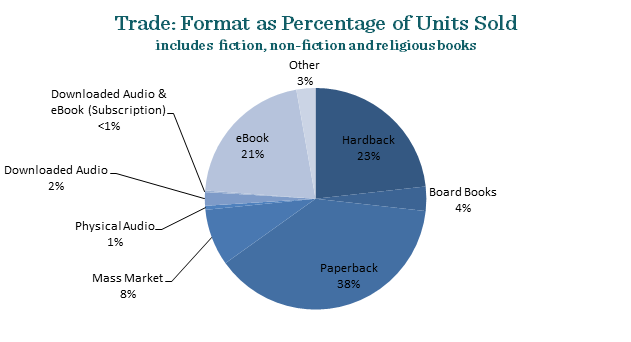
I’ve written a couple of dozen e-books during my career as a writer, and they generate a good amount of passive income on the side of my other businesses.
I also use e-books to generate leads via email marketing, so I’m well-versed in creating them for different reasons.
That’s why I put together this e-book writing guide today.
I am going to teach you how to write an e-book easily, research topic ideas, edit properly, and more.
It will save you heaps of time and energy from trial and error, allowing you to skip past hurdles and get straight to the results.
Follow along!
Why you should write an e-book
There are many different reasons that an entrepreneur may want to write a book. Here are some of the main ones.
I suggest that you reflect on why you’re writing a book to brainstorm if there are other ways you could be using it to further your career.
Selling for profit
Many writers produce e-books to self-publish on platforms like Amazon and Barnes & Noble. (More on that later!)
In this scenario, the book needs to be extremely high quality and different from anything on the market. It can be tough to break into self-publishing as a full-time gig, but it is possible.
Look at Mark Dawson, for example. He pulls in $450,000 per year selling books on Amazon. What could you do with that kind of money?
For those interested in generating passive income through e-books, you need to focus on marketing and promotion.
Many authors upload their books in hopes that sales will come to them automatically. You might get a few, but they won’t pay your mortgage.
Instead, create social media accounts to promote your material, and consider investing in advertisements like Facebook Ads.
You have to spend money to make money, as they say.
Lead magnets
E-books are a great way to build an email list.
You can offer them for free in return for a newsletter subscription.
This is what we call lead generation.
Businesses can then build relationships with these subscribers, continually offer value like blog posts, and promote their products to them.
Email marketing remains one of the most effective channels, as well.
You can generate up to $44 for every $1 spent and it is 40x more effective than social media marketing.
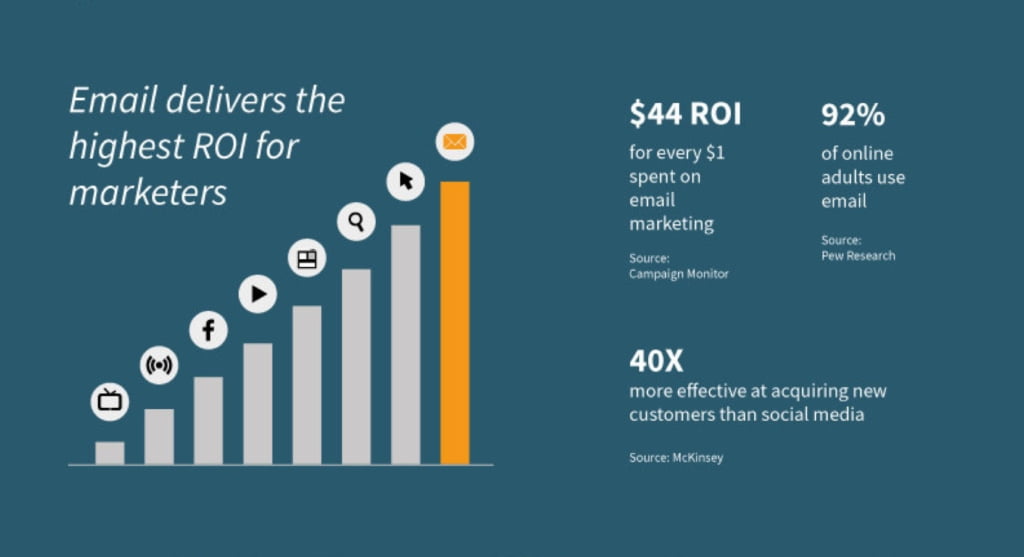
I suggest using a free tool like Mailchimp to get started using e-books for lead gen.
You can sign up for an account, create a newsletter form, and begin collecting emails.
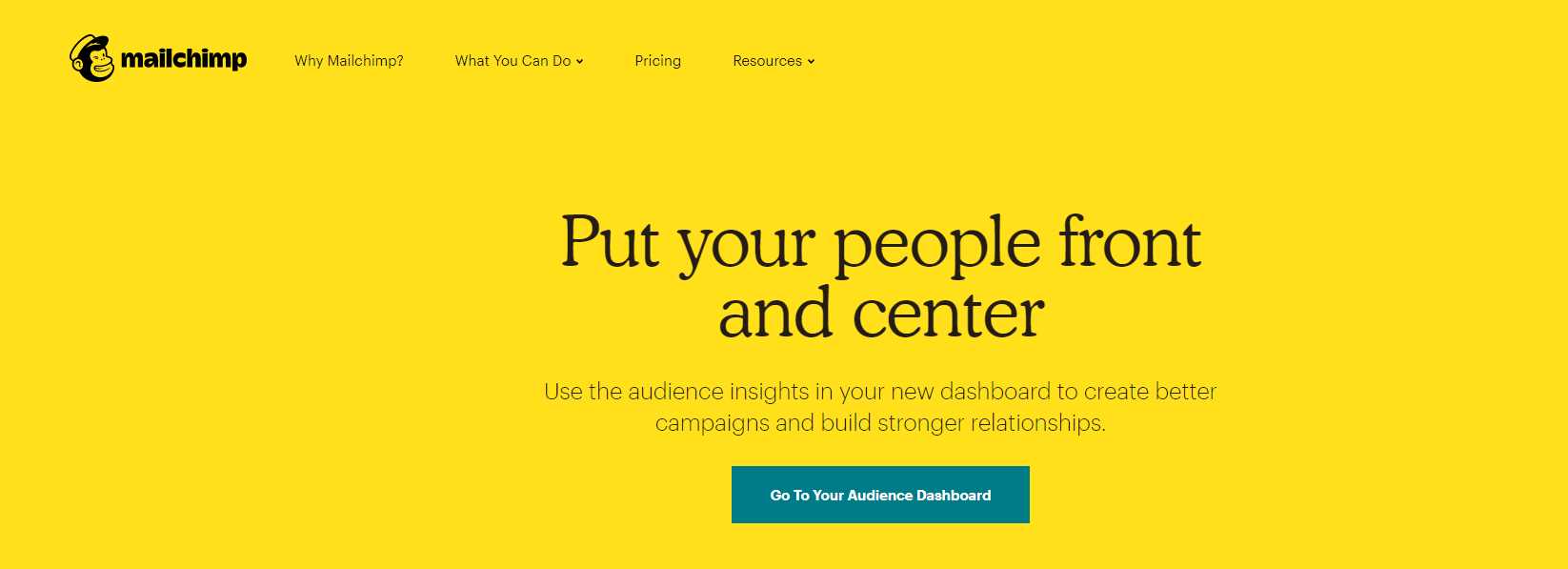
Set up a drip campaign in which the first email automatically sends them a link to the free book. Files can be uploaded directly to Mailchimp, making this process seamless.
Content marketing
Offering free value and improving the lives of readers is the name of the game.
Nobody likes ads being pushed into their face anymore.
In fact, did they ever?
This is the reason that some of the biggest companies in the world are taking advantage of content marketing.
It’s the practice of publishing free content on a regular basis, building a genuine readership, and it leads to loyal customers.
Look at Microsoft, for example.

They produce relevant and useful articles which attract high-quality users to their website.
This educates readers about the company and further expands Microsoft’s brand awareness.
Many of these users will convert into paying customers, as well.
The same can be done with e-books.
You could publish them on your website for free, and over time you will have a fan base that follows you.
Quick mentions about e-book writing
Before we get into how to write e-books, I’d like to mention a few ideas to consider that will help the process.
Patience is king
Writing a book won’t happen overnight.
Even a ten-page children’s book would take plenty of time to produce, edit, format, etc.
That’s why you need to focus on being patient during the writing process.
It’s common to get writer’s block, get stuck on certain chapters, or think that you’re not progressing.
Give your book a healthy window of time to complete, whether it’s several weeks, months, or longer.
As Judith Orloff, M.D. puts it, “Patience is a lifelong spiritual practice as well as a way to find emotional freedom.”
Use the book writing process as a way to develop yourself as an entrepreneur and person, as well.
Take an omnichannel approach
Let’s imagine that you list your book on a single platform and earn $500 per month.
Doesn’t it make sense to list it on three more platforms to ramp up your monthly earnings to $2,000?
This is what we call omnichannel.
It is the strategy of taking advantage of several different marketing channels at once.
There are many different publishing platforms for books, so you should never focus on one.
Here are some of the main websites you need to sign up for to get your book in the hands of more readers:
Learn to take a break
Writing an e-book can take a lot of time and energy.
Even though you’d love to power through the chapters, it’s healthy to take a break on occasion.
Take a walk, grab some coffee, read a book, or do something else to take your mind off of writing.
A study performed in 2016 by Karrie Godwin and other researchers observed students and how their performance changed depending on how long they were taught.
Do you know what they found?
That students were more attentive and focused during shorter lessons and that longer lessons led to distractions and dis-focus.
This is why it’s crucial that you take a break every set amount of time. This may be 45 minutes, one hour, or more, depending on your own work schedule.
I personally schedule breaks at very specific hours to read, meditate, journal, eat healthily, etc.
Try using a tool like TomatoTimer. It’s used in conjunction with the Pomodoro method.
This involves taking a break every set period, and the break time increases every time you reach it.
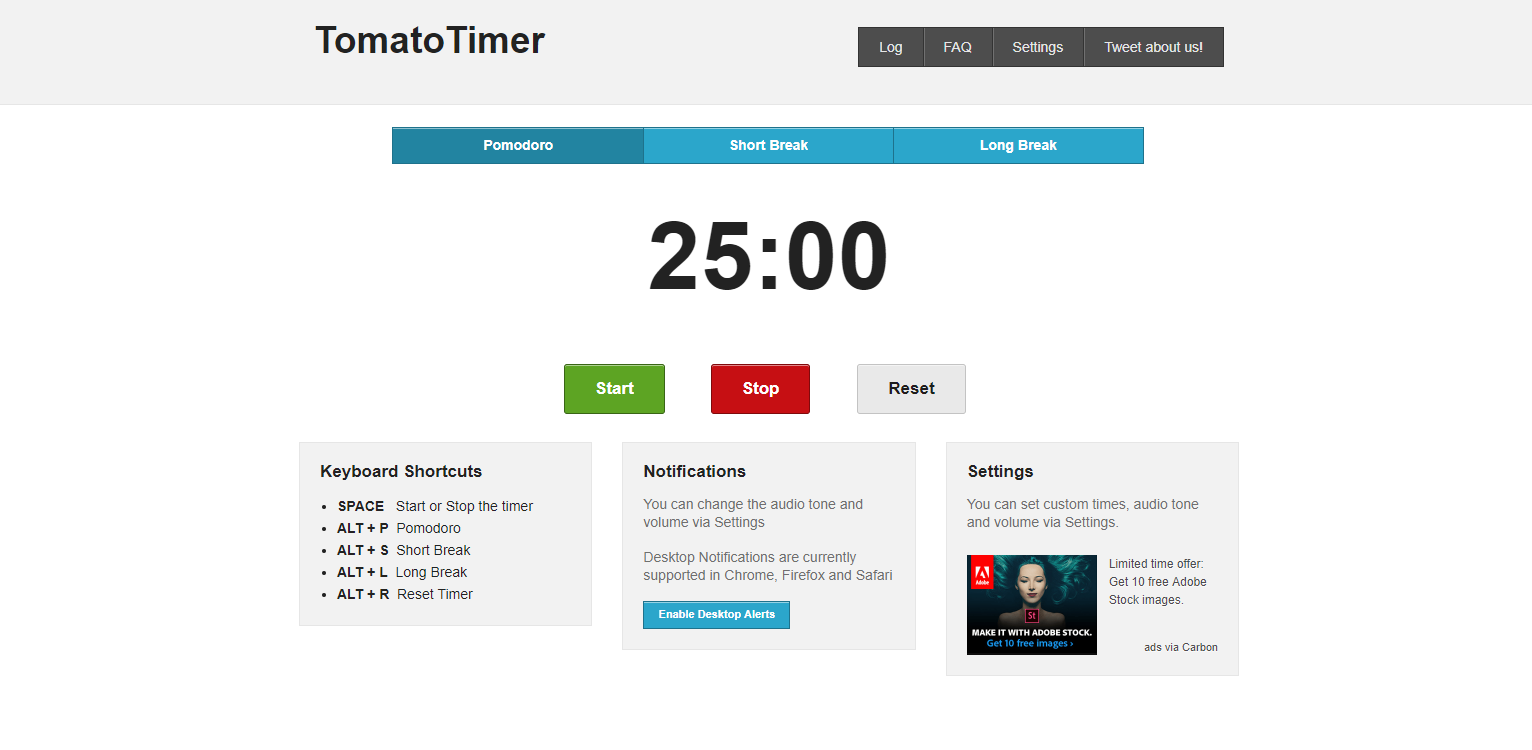
Click the “Start” button once you begin writing, and you will receive a sound notification when the 25 minutes are over.
Research topics
The first step of writing a great e-book is researching topics.
I suggest doing this in a few different ways, beginning with brainstorming:
- What problems are your readers facing?
- What questions do your readers have?
- What interests, values, or beliefs does your audience have?
Just like any other piece of content, e-books need to improve the lives of readers, not just provide entertainment.
This is especially important when producing non-fiction, where it needs to be very actionable and practical.
Secondly, I’d suggest considering what you’re interested in or passionate about yourself.
Writing a book about something you love speeds up the process, and you will enjoy it much more.
If you’re still stumped, try playing the alphabet soup game.
This is where you type in a keyword into a search engine like Google and enter every letter of the alphabet afterward to get auto-suggest ideas.
Let’s say that you wanted to write a book about inbound marketing. You would search Google for “inbound marketing” followed by “a,” “b,” “c,” etc. like such.
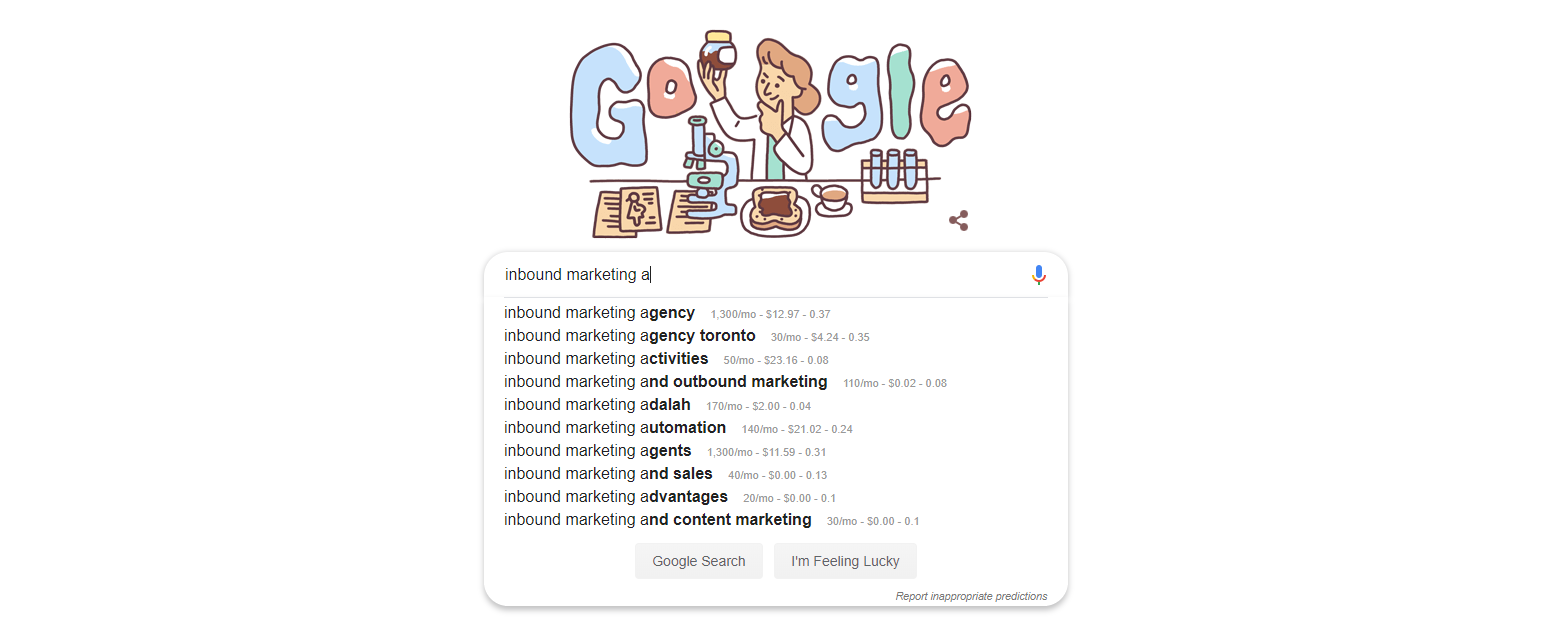
Create your e-book outline
Once you know what you’d like to write your book about, it’s time to craft the outline.
This will help you stay organized and makes the writing process more smooth.
You won’t sit staring at a blank screen, wondering what to write next because you planned it all out beforehand.
Map out the chapters and all of the ideas that you’d like to cover in each one. The chapters and sub-chapters don’t have to be final, however.
The goal is to get a general idea of how the book will flow, so you can begin writing the first draft.
It should look something like this:
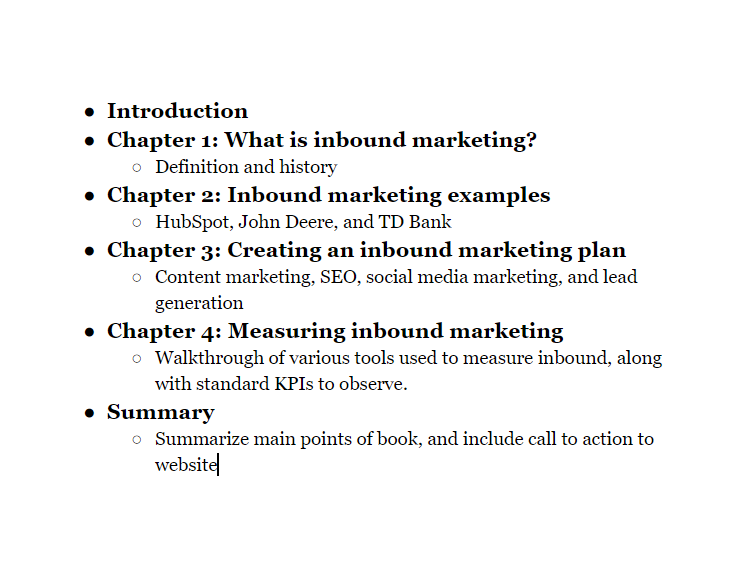
Once you’ve done this, it’s time to move on to the fun part!
Mastering the writing process
These are the steps you can take to write an e-book that your readers love.
Don’t be a perfectionist
It’s easy to try to fix every grammar mistake and make every sentence perfect while you’re writing the first draft.
Don’t.
That’s what the editing and proofreading process is for.
One rule that I’ve learned as a copywriter, and I’m using it right now, is to write as fast as possible and let the words flow out of your fingers.
Why do this?
Because when you think less quickly, it uses the creative and emotional side of your brain.
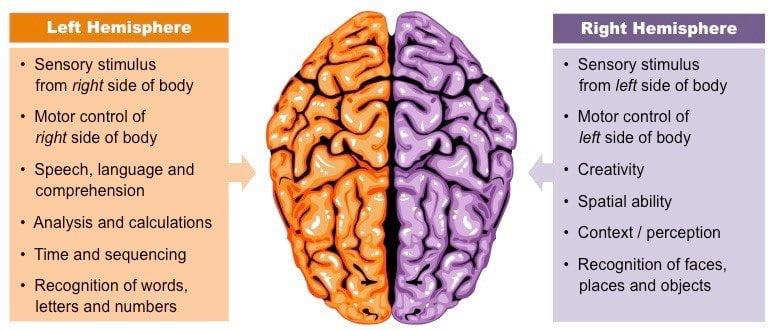
You see, the different hemispheres are responsible for various functions.
The right side of our brains helps with creativity, language, and speech. So, it only makes sense to maximize this part while writing.
Even if your e-book is heavily analytical and academic, there’s no harm in writing fast to get the gift of the material done before cleaning it up later.
Kill distractions
Trust me. I’m no saint.
I still get distracted by my phone and other things from time to time, but I’ve learned to control distractions, and it’s drastically changed my productivity.
The first step is to determine what is distracting you.
Is it the television? Social media?
Once you’ve narrowed down what is taking away from your workflow, kill it!
I recommend downloading the free Block Site Google Chrome extension.
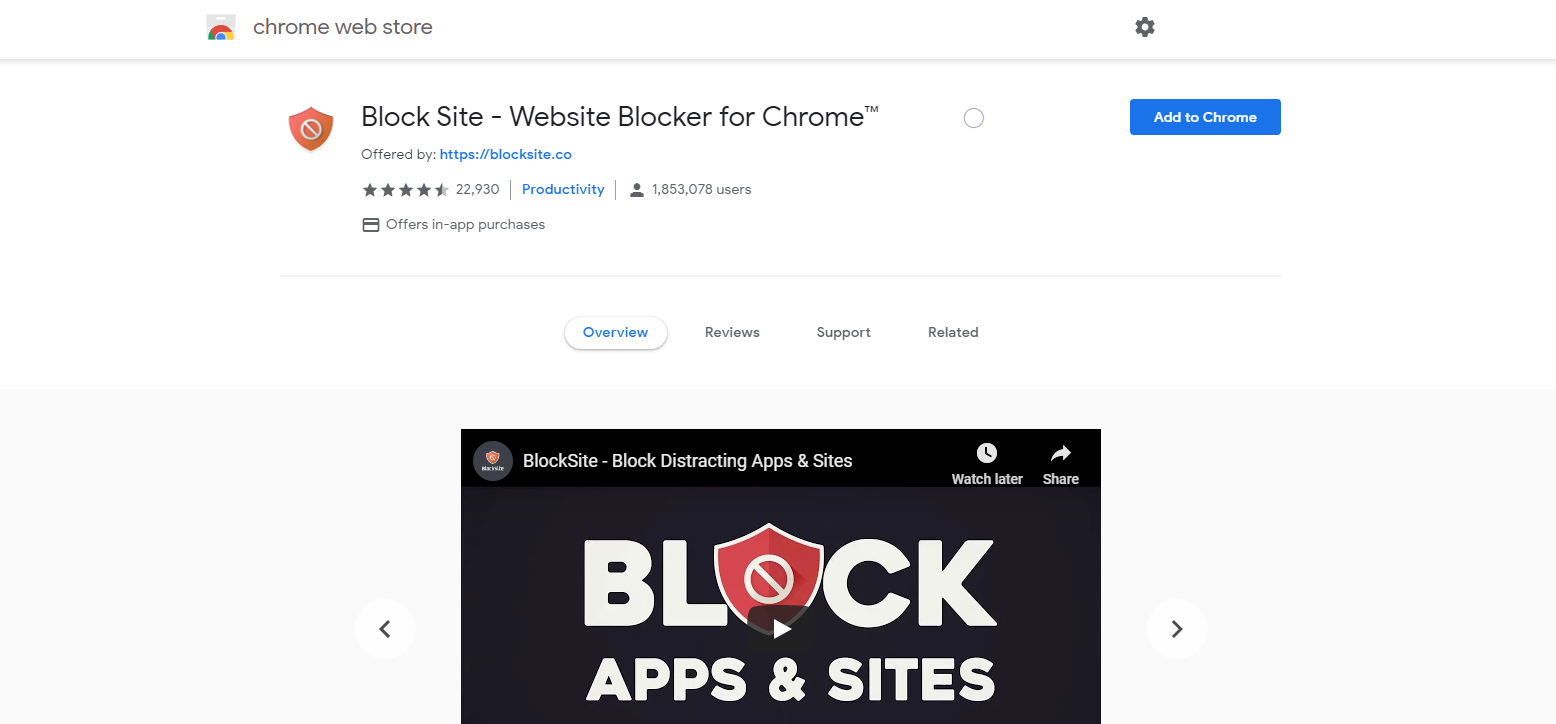
This is a lifesaver if websites are taken away from work because you can add them to a block list when you’re writing and then remove them after.
Have a goal every time you write
Every time you begin writing, have a clear goal in mind.
Maybe it’s to write one page per day or finish a chapter every week.
This makes you feel great when you complete that goal, and it prevents you from writing mindlessly.
You will be able to accurately measure your progress and get a good idea of when the book will be completed.
For example, if you write one chapter per week and there are ten chapters, you’ll have it done in roughly ten weeks.
Design the front and back of the book
A big component of an e-book is the visual aspect. It needs to pop from the other books it will be put beside, and that means the cover needs to be amazing.
You don’t have to be the Picasso of graphic designers to make a professional-looking e-book cover, either.
I use free tools like Canva. There’s a book cover option you can select and dozens of templates to customize.
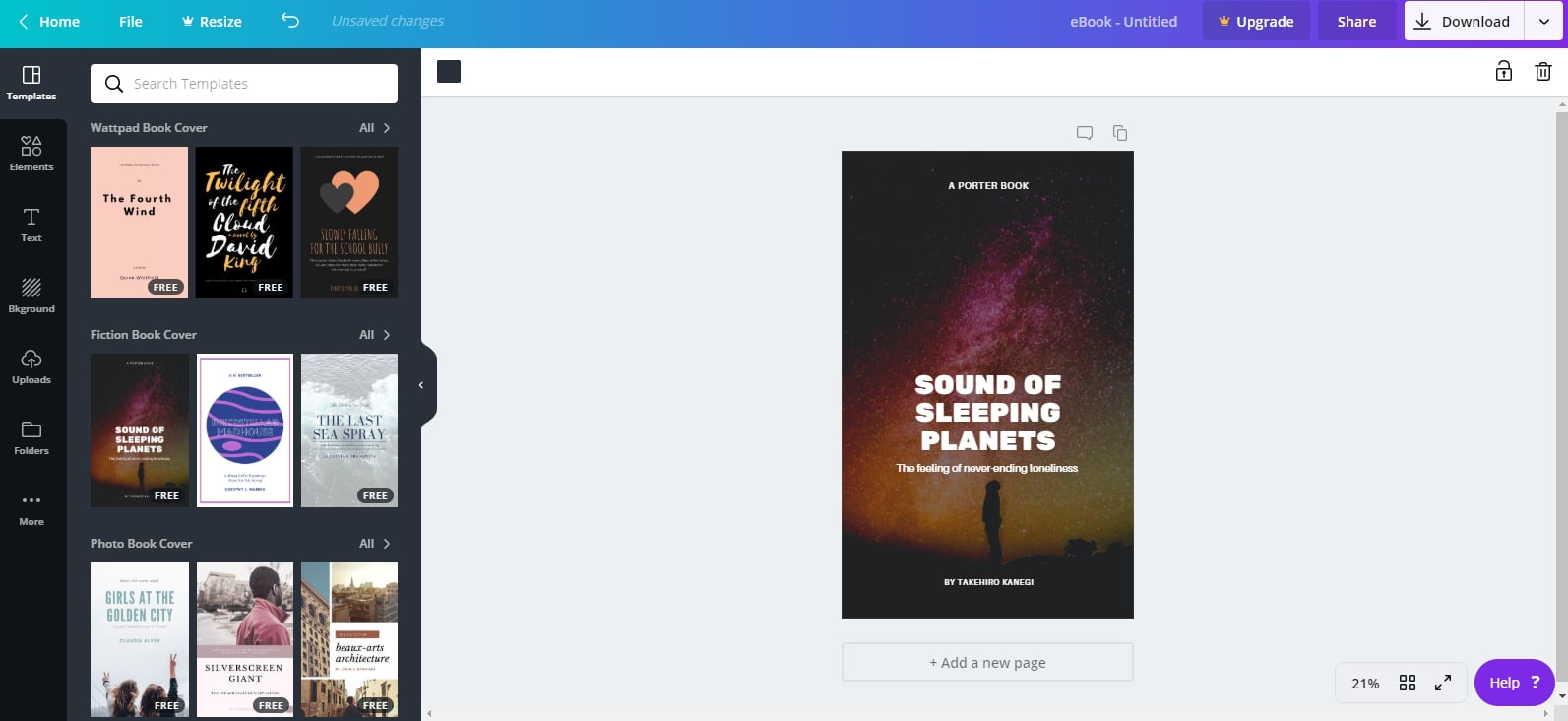
Alternatively, you could outsource the design to a website like 99designs.
There are nearly two million designers on the platform who will create an e-book cover that will attract clicks and readers.
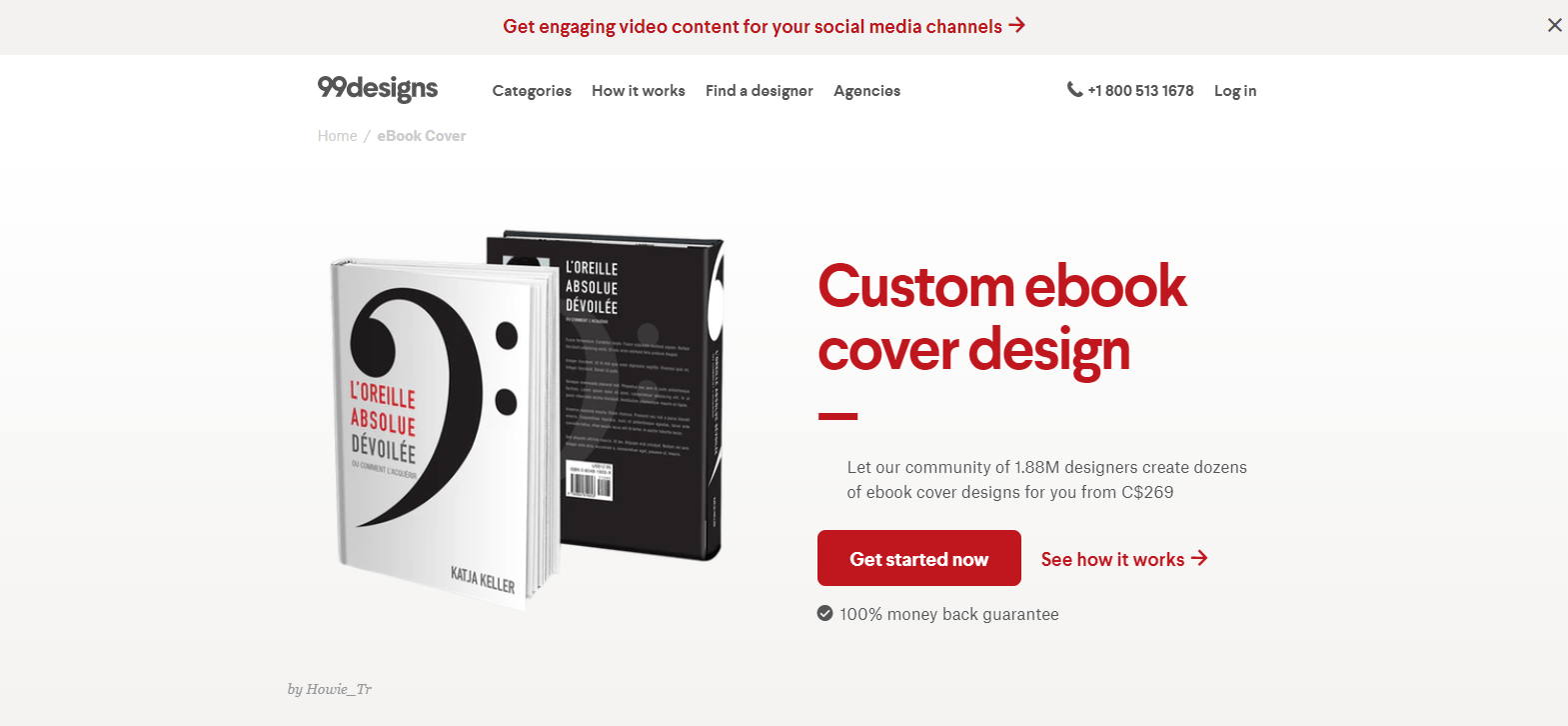
All you need to do is complete a quick questionnaire to ensure that the cover comes out perfect and you kick back while it gets made.
Edit and proofread
You let out a big sigh of relief, crack open a beer, and look at your masterpiece of a book once it’s done.
It’s time to ship it out and become the next Stephen King, right?
Eh, not so fast.
As I mentioned earlier, after writing, you need to edit and proofread the content to make sure it’s flawless.
You can do this manually, of course, but it’s much more efficient to use a tool like LanguageTool.
You can copy and paste in sections of your book, and it will bring u any issues it needs to fix.
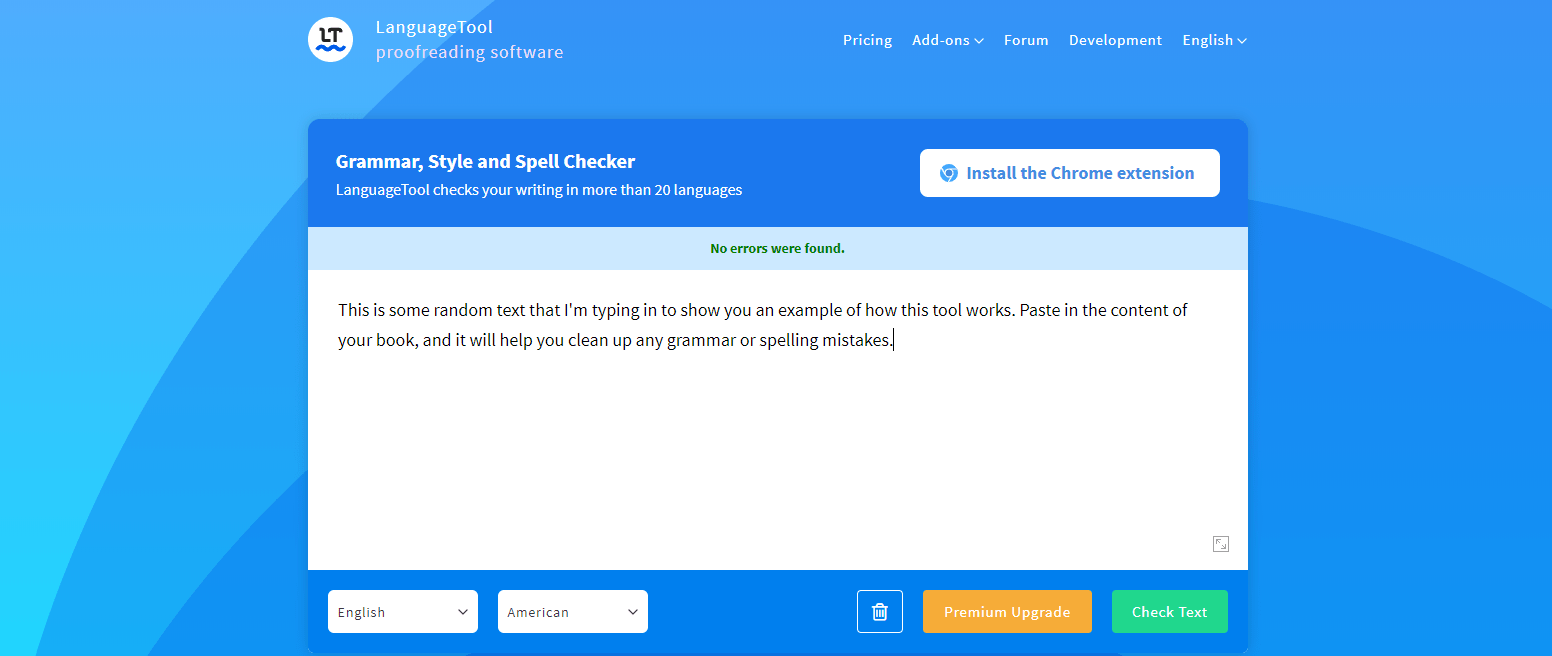
Click the green “Check text” button, and it will highlight the improvements it discovers.
Wrapping up e-book writing
Thanks for reading my article today. Here’s a summary of the main points:
- Decide on the reason you’d like to write your book first. This can be to generate income, attract customers, or offer to users on your website.
- Research topics by brainstorming your own interests, reader’s values, and with methods like alphabet soup.
- Create an outline of the book before you begin writing to speed up the writing process.
- Kill distractions, use the creative side of your brain by writing quickly, and set a goal every time you write.
- Use a tool like Canva to design a cover or outsource it to a website like 99designs.
- Edit and proofread your book before you ship it out.














